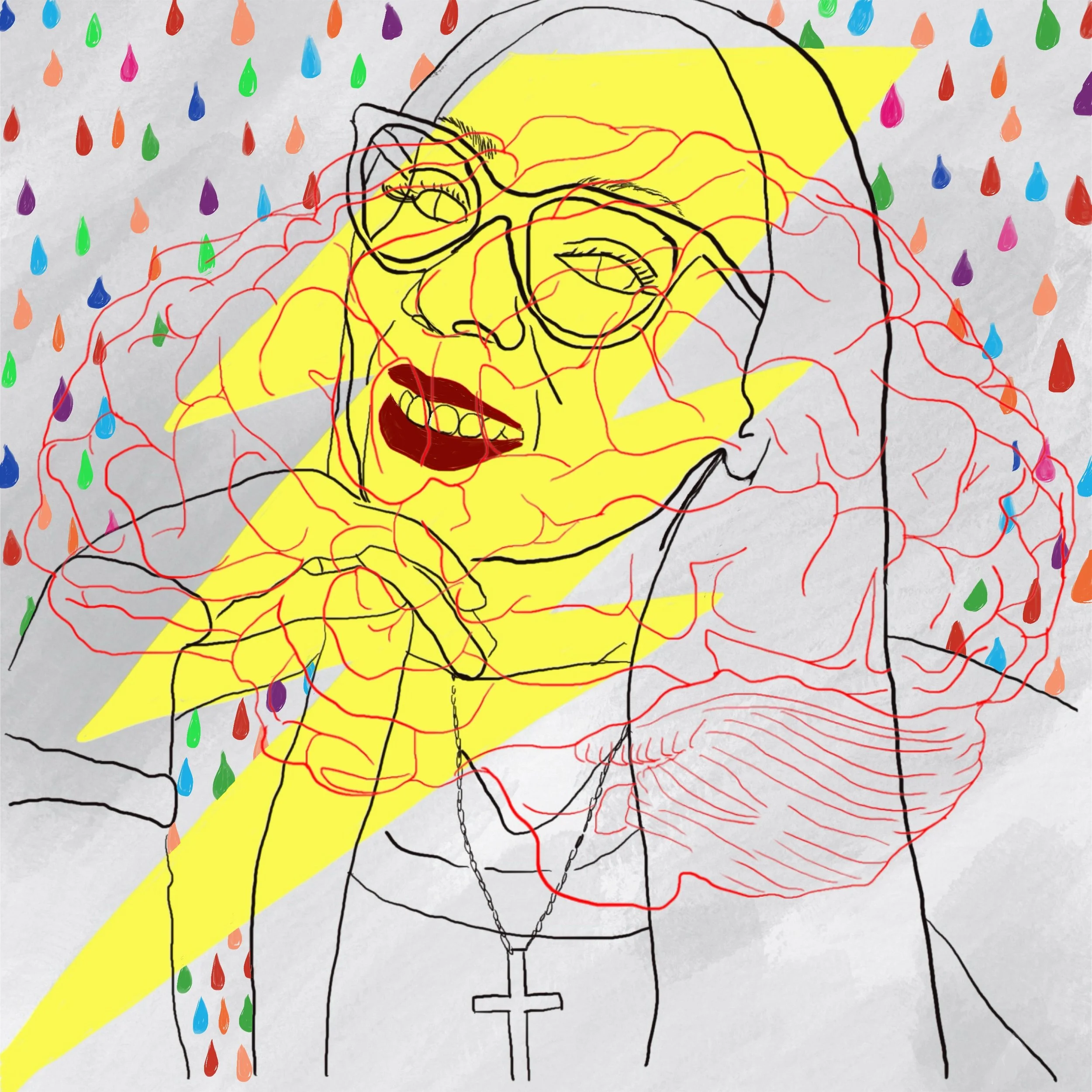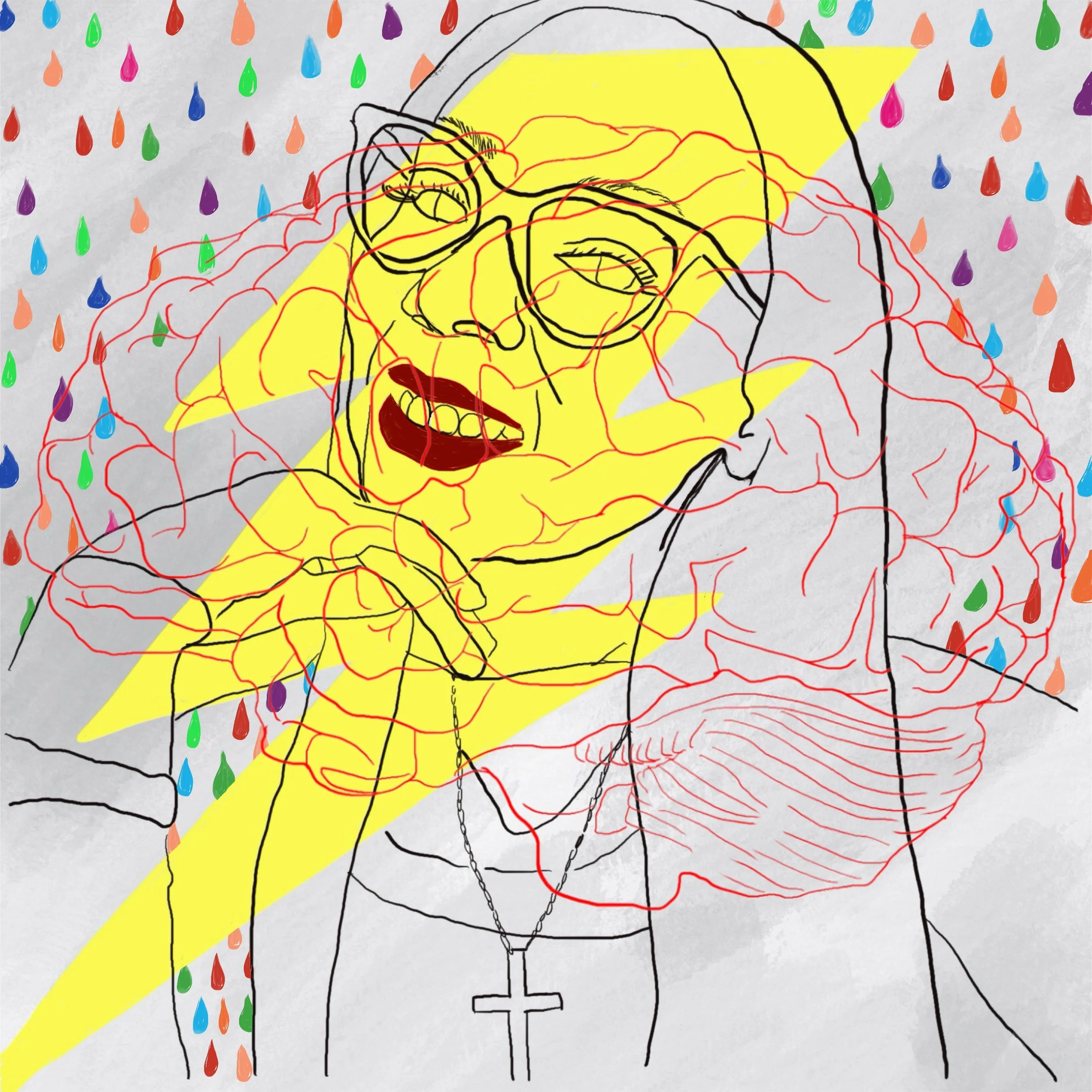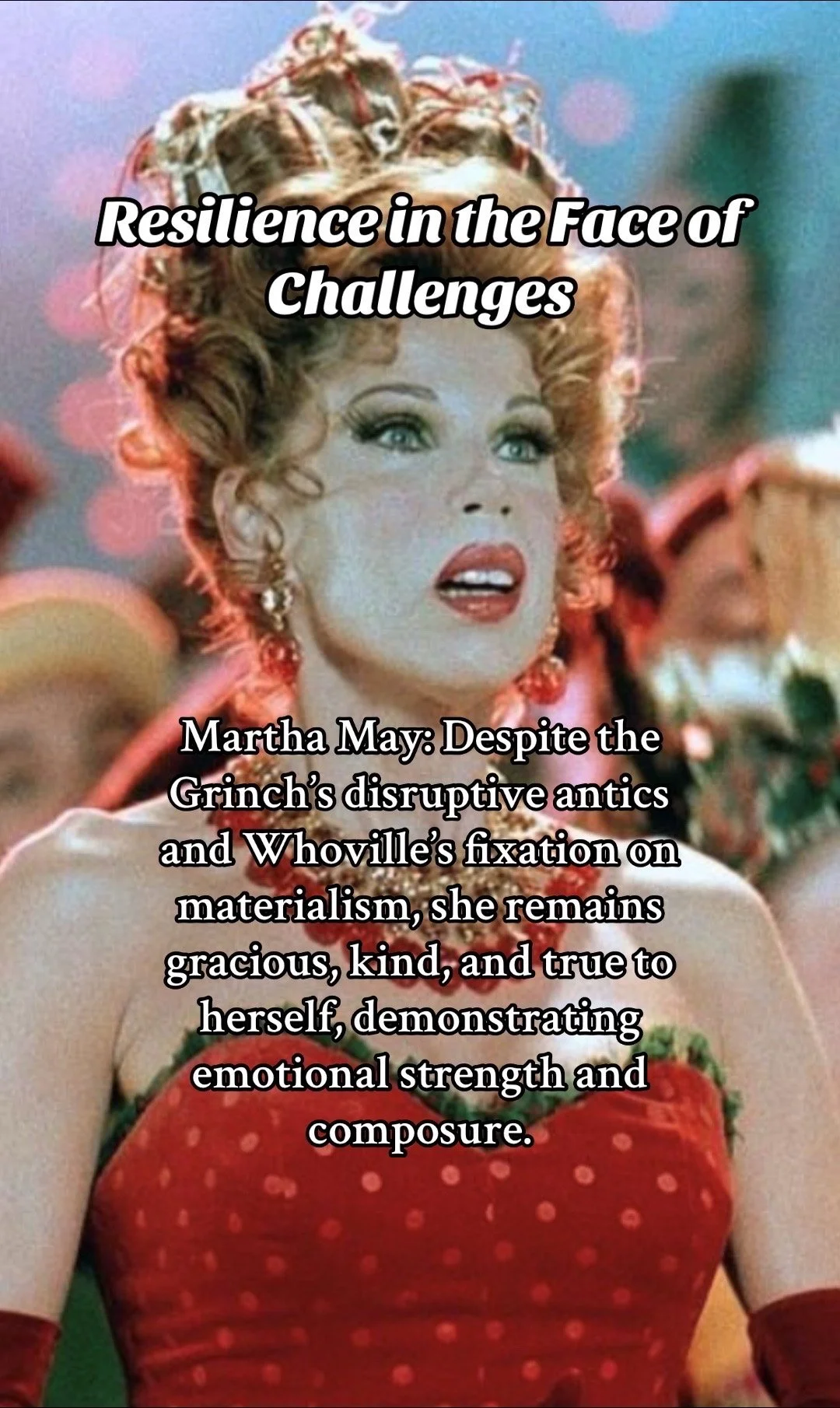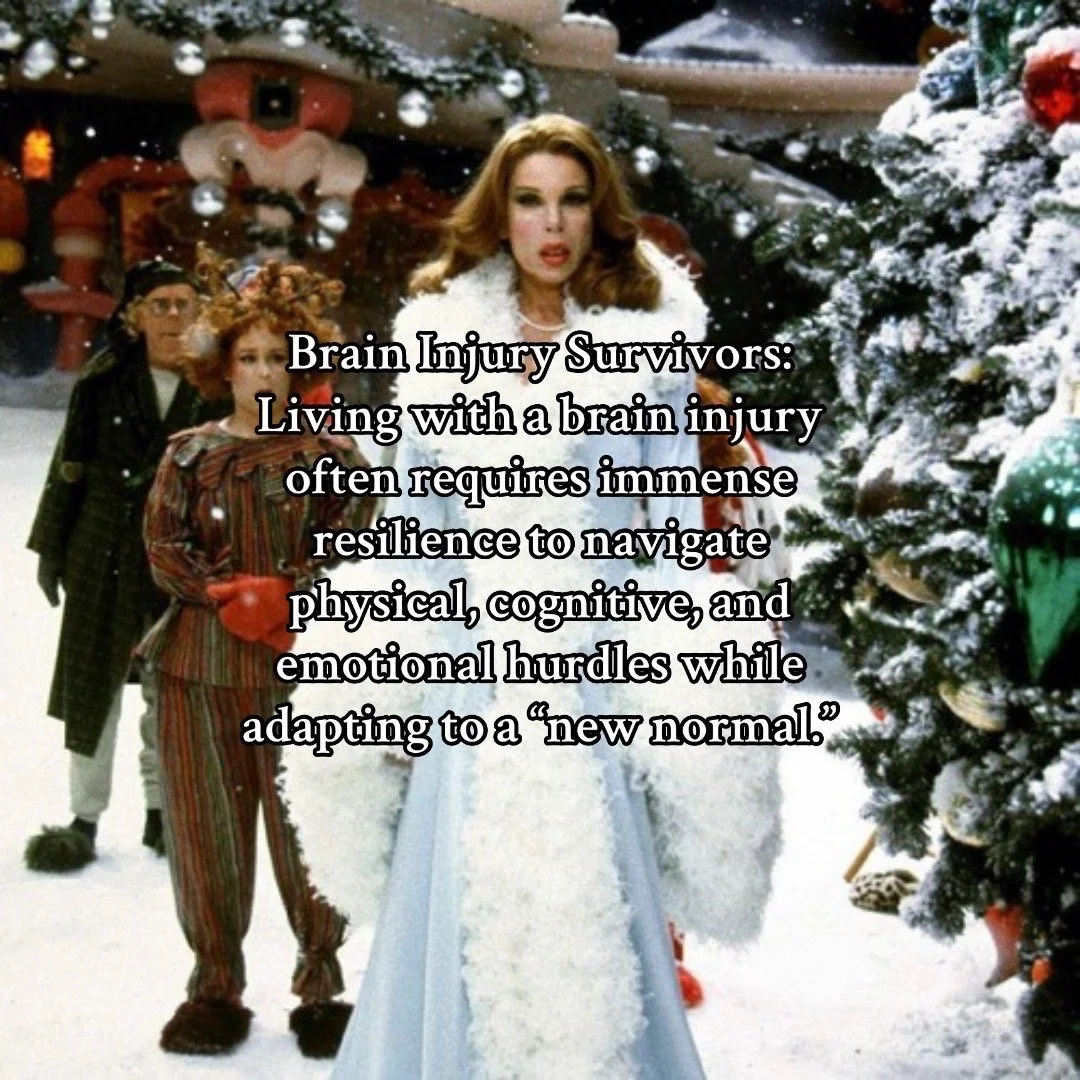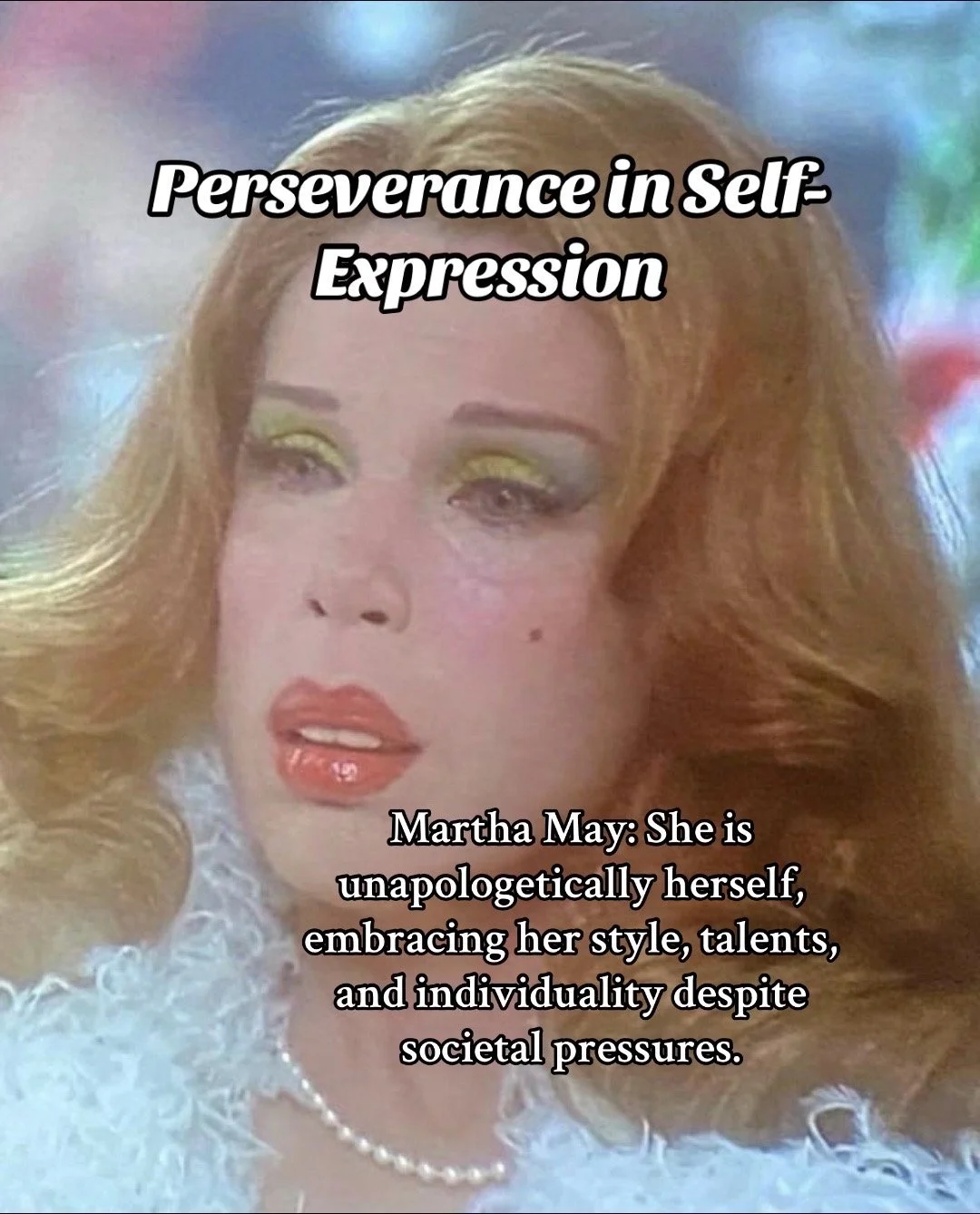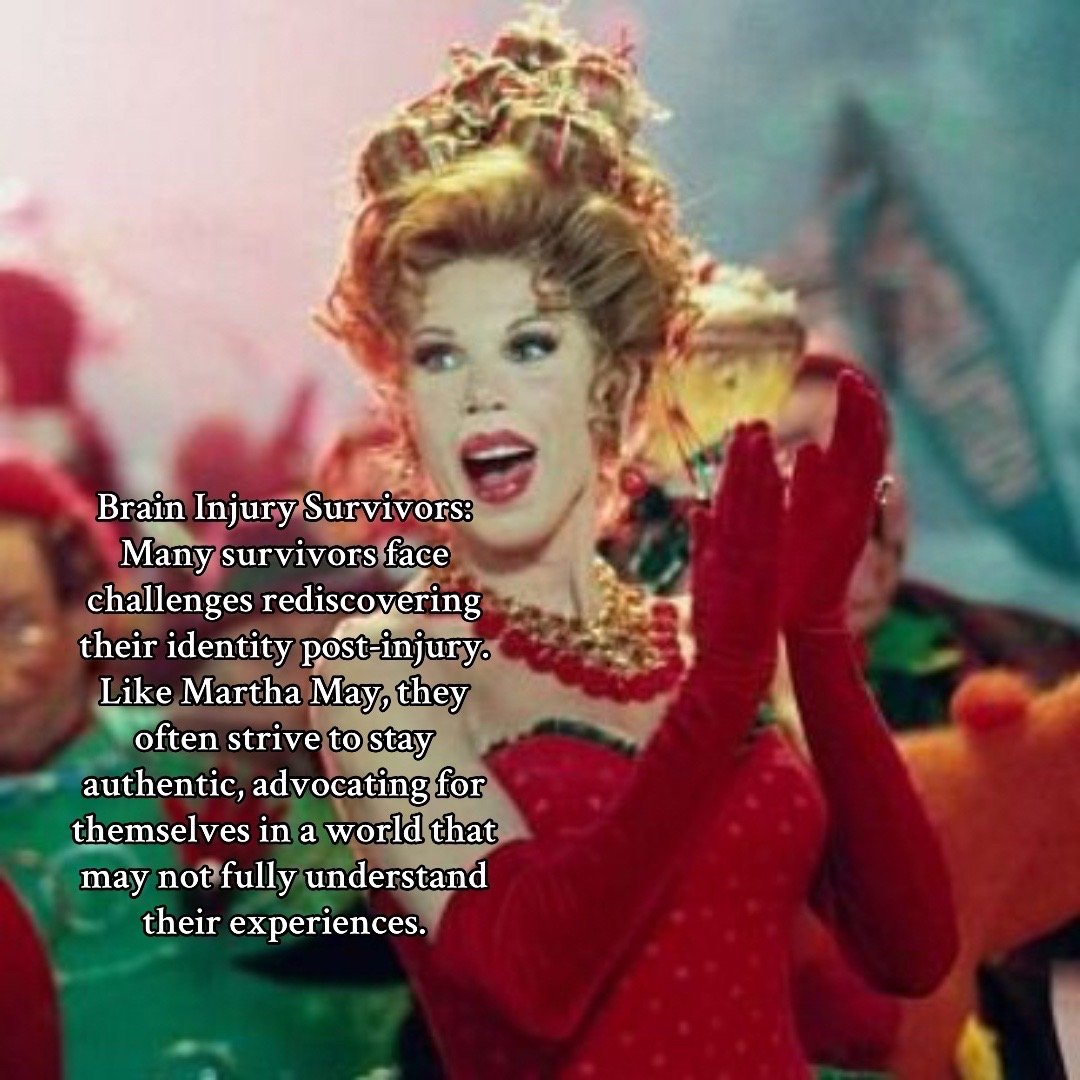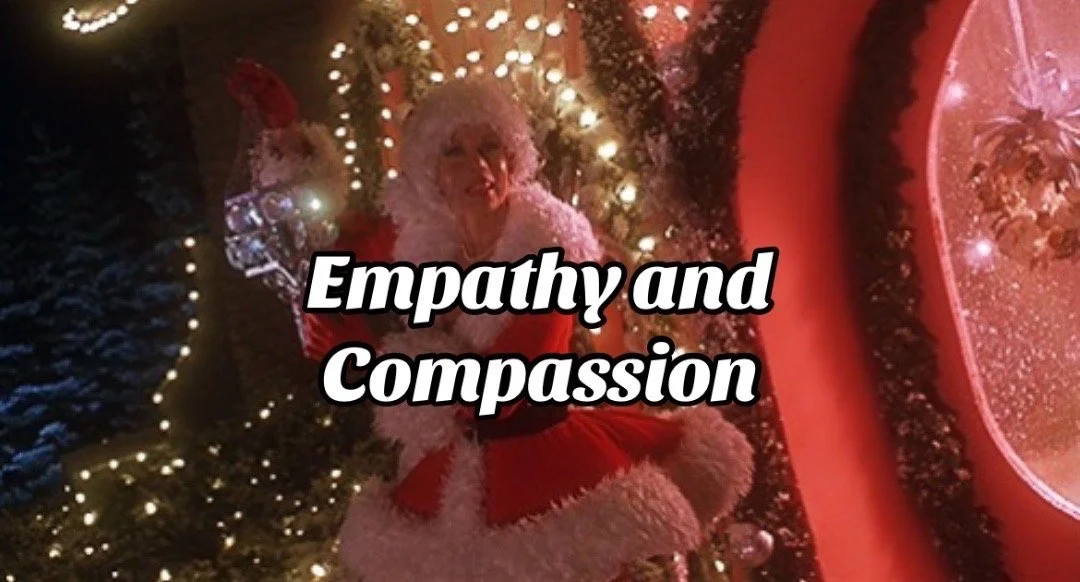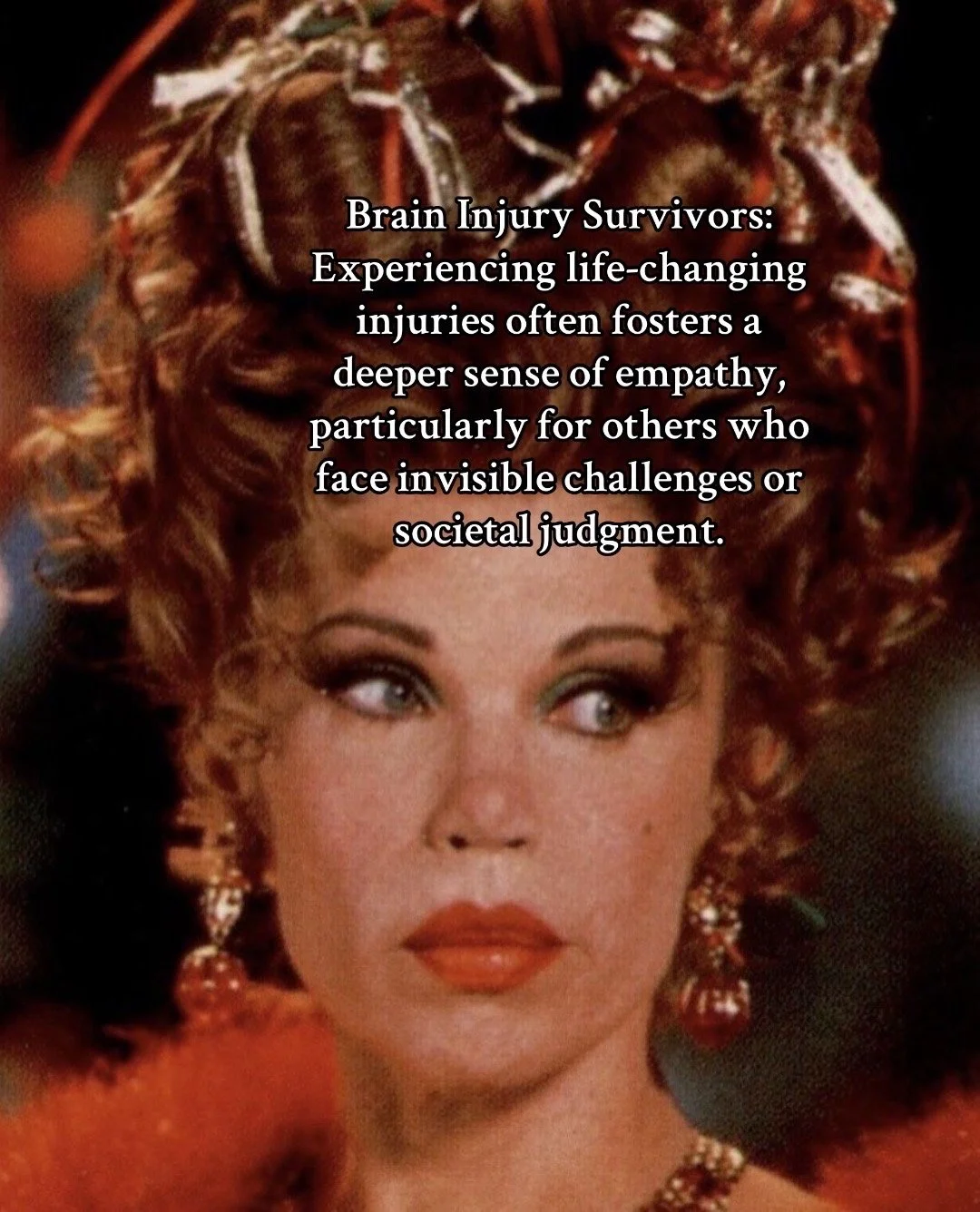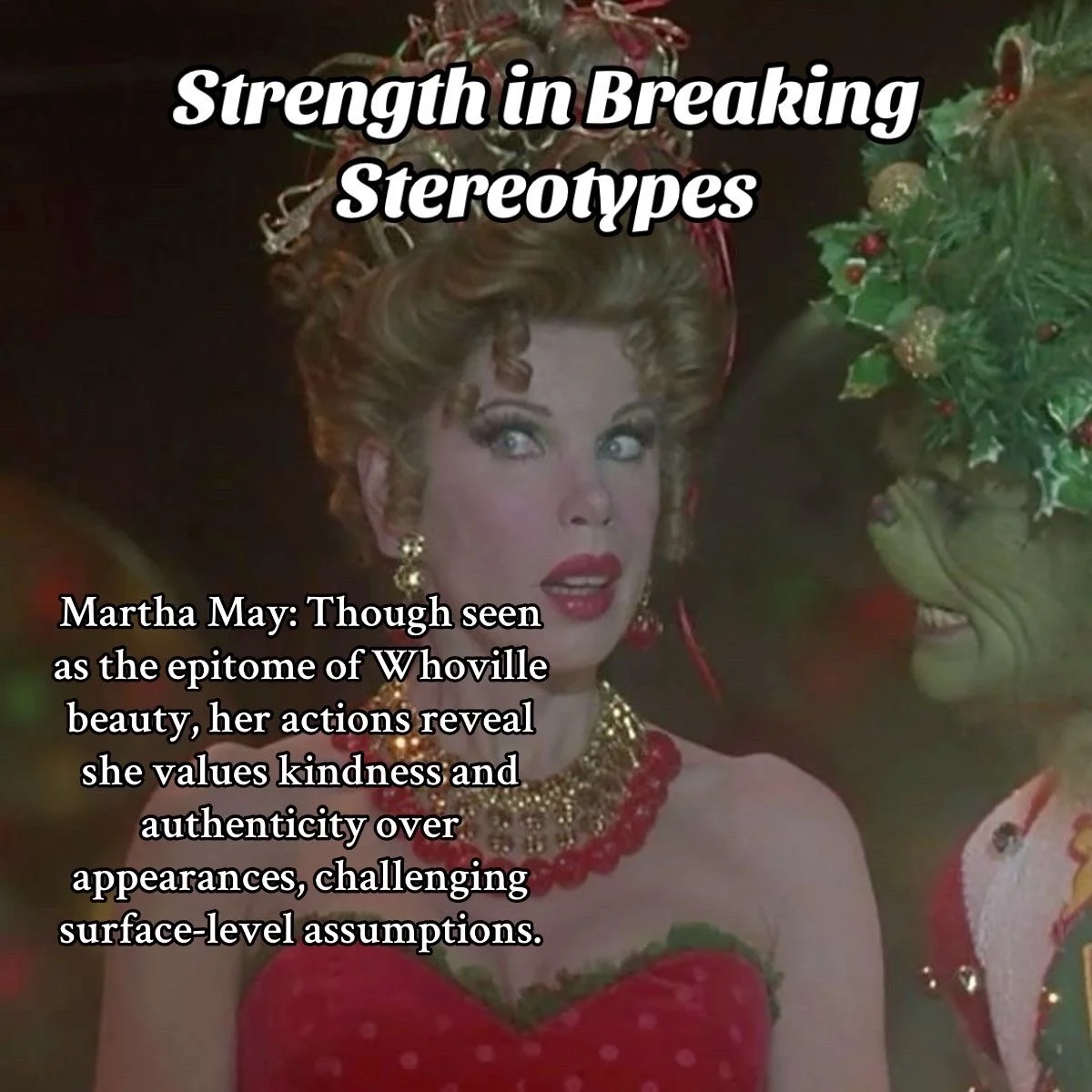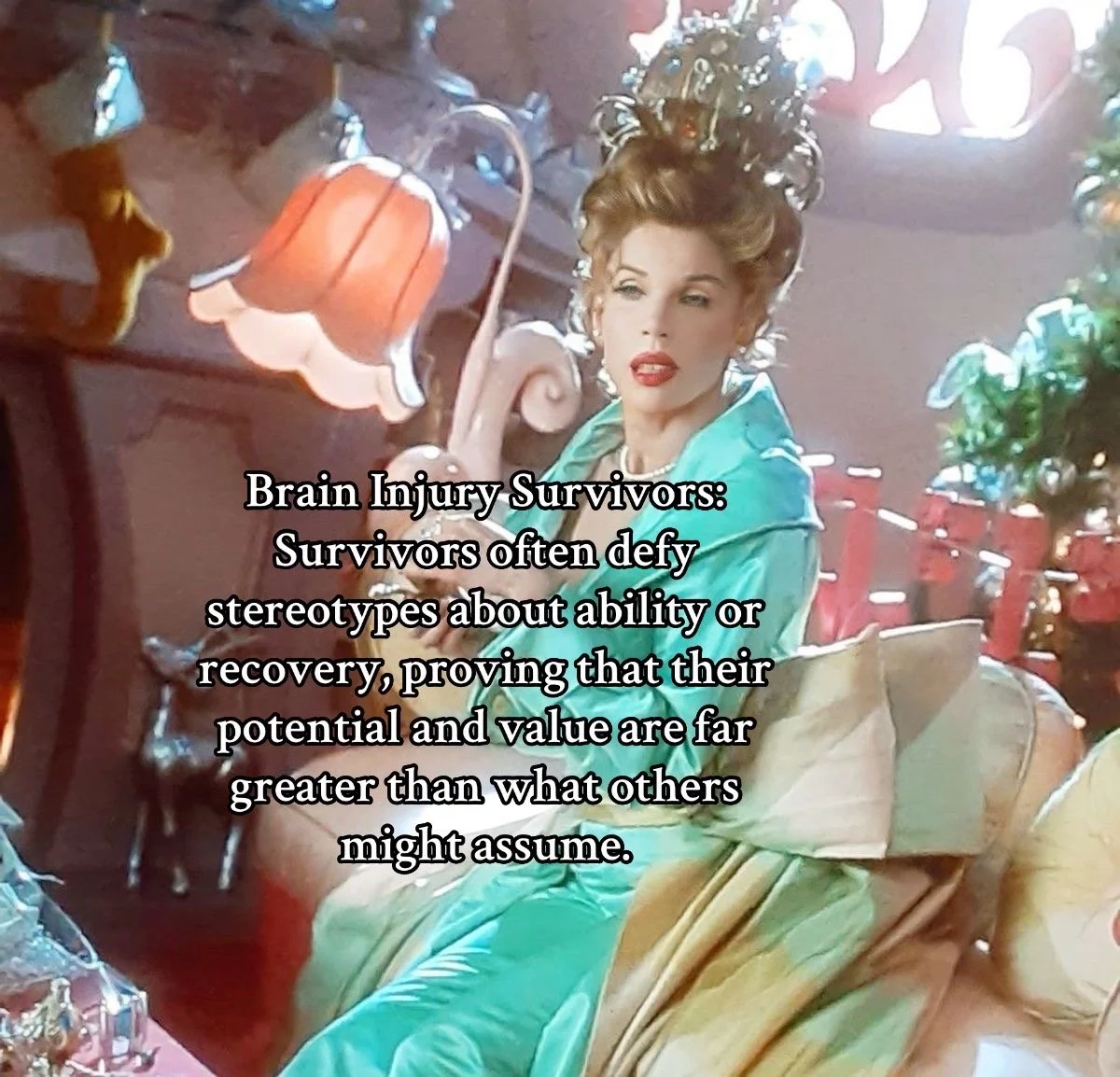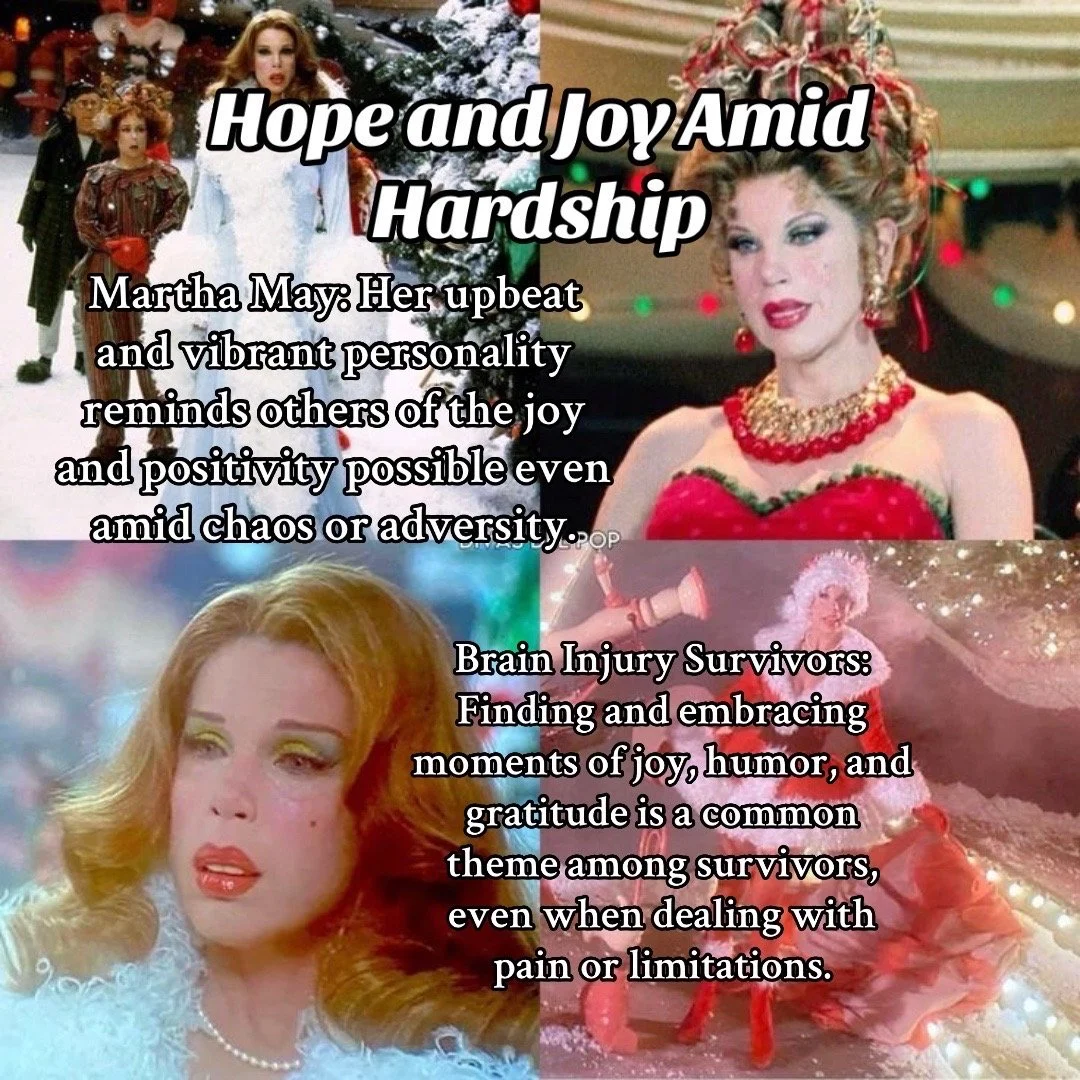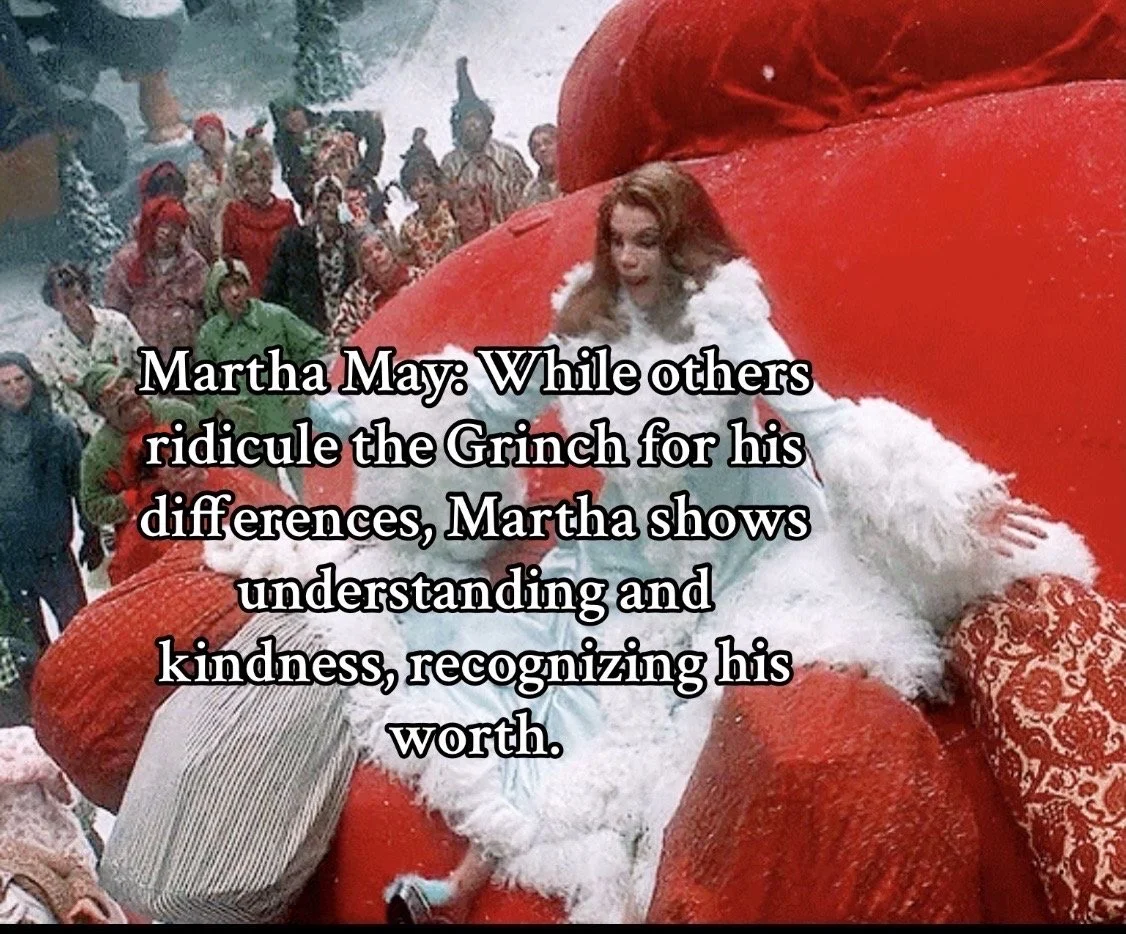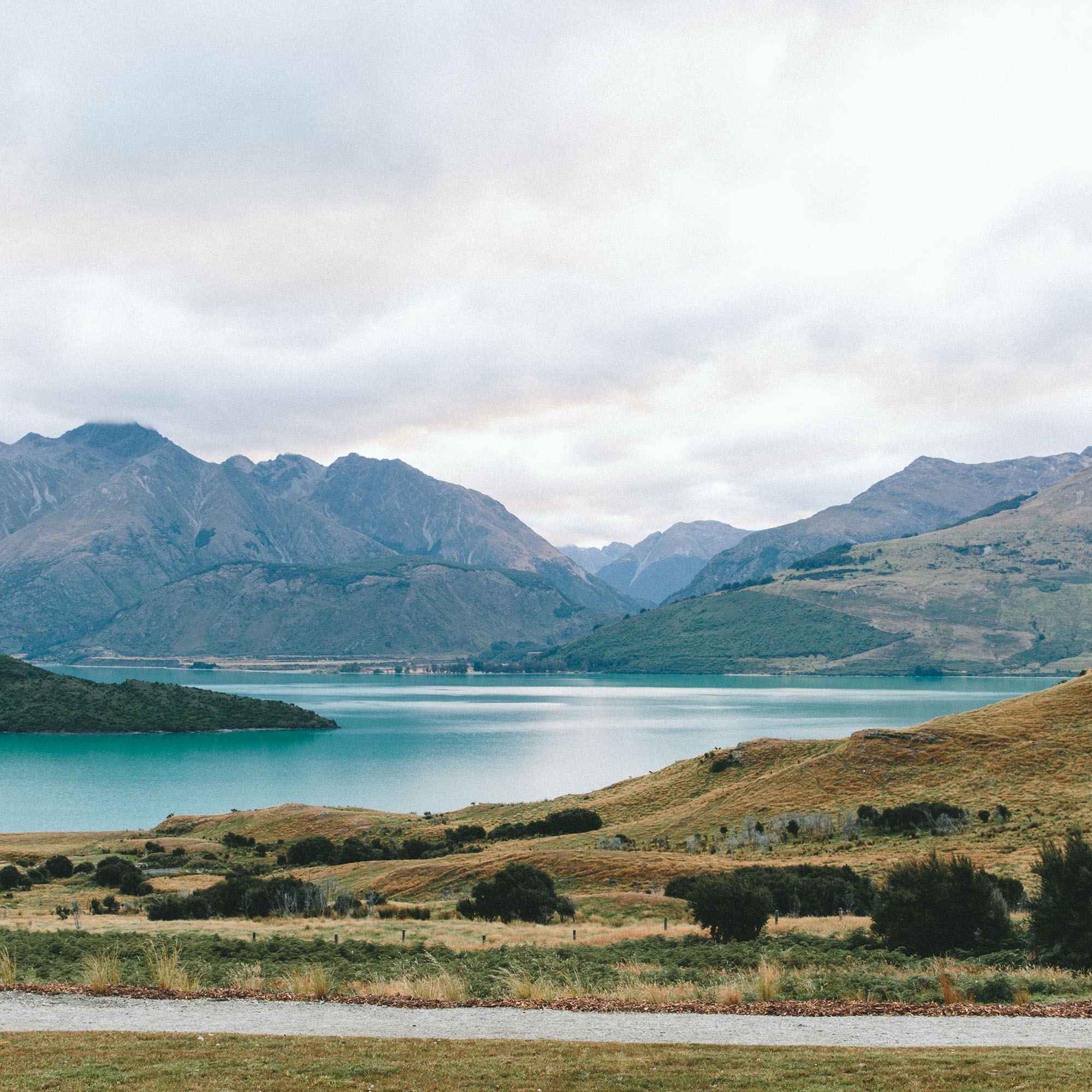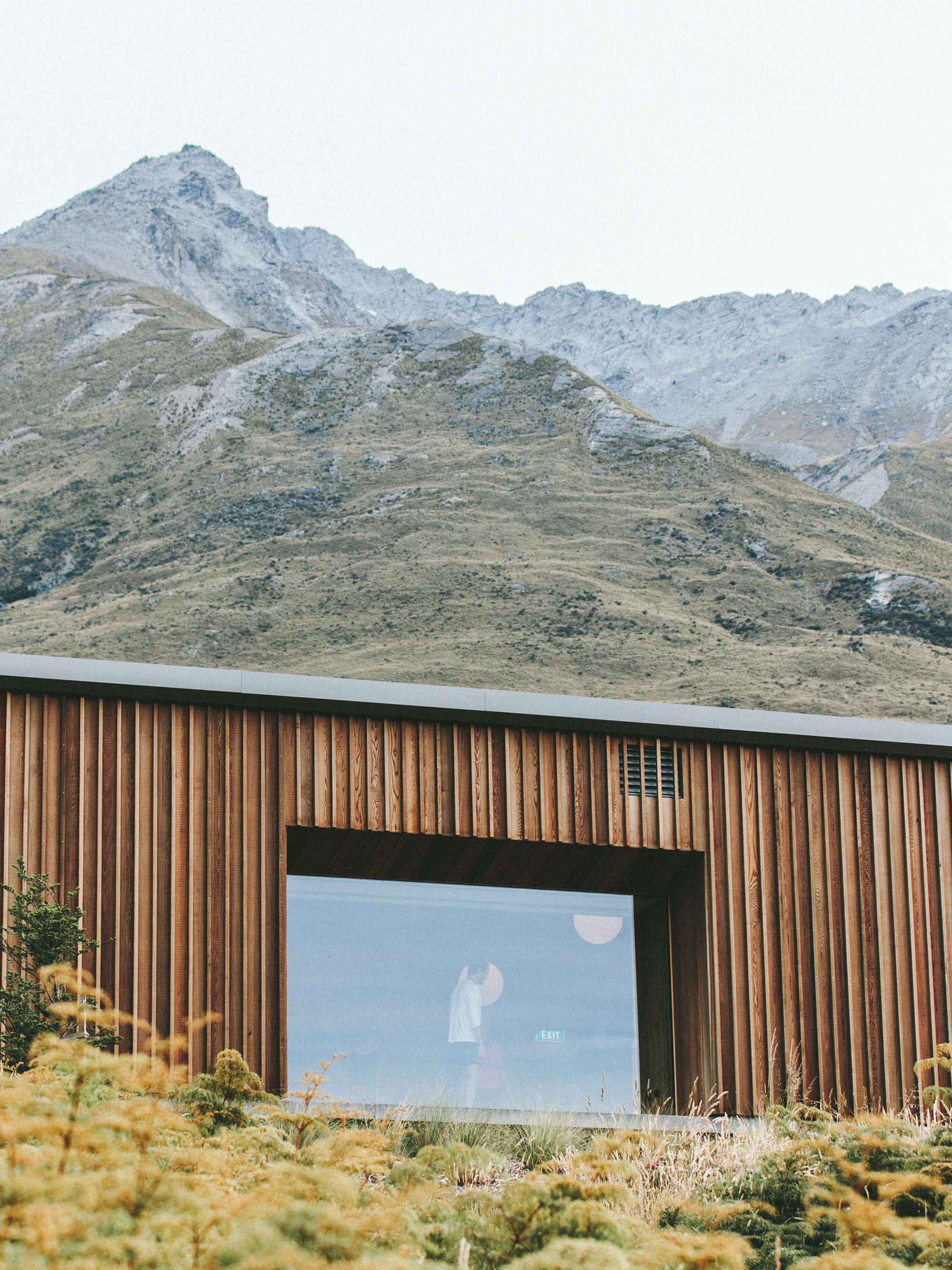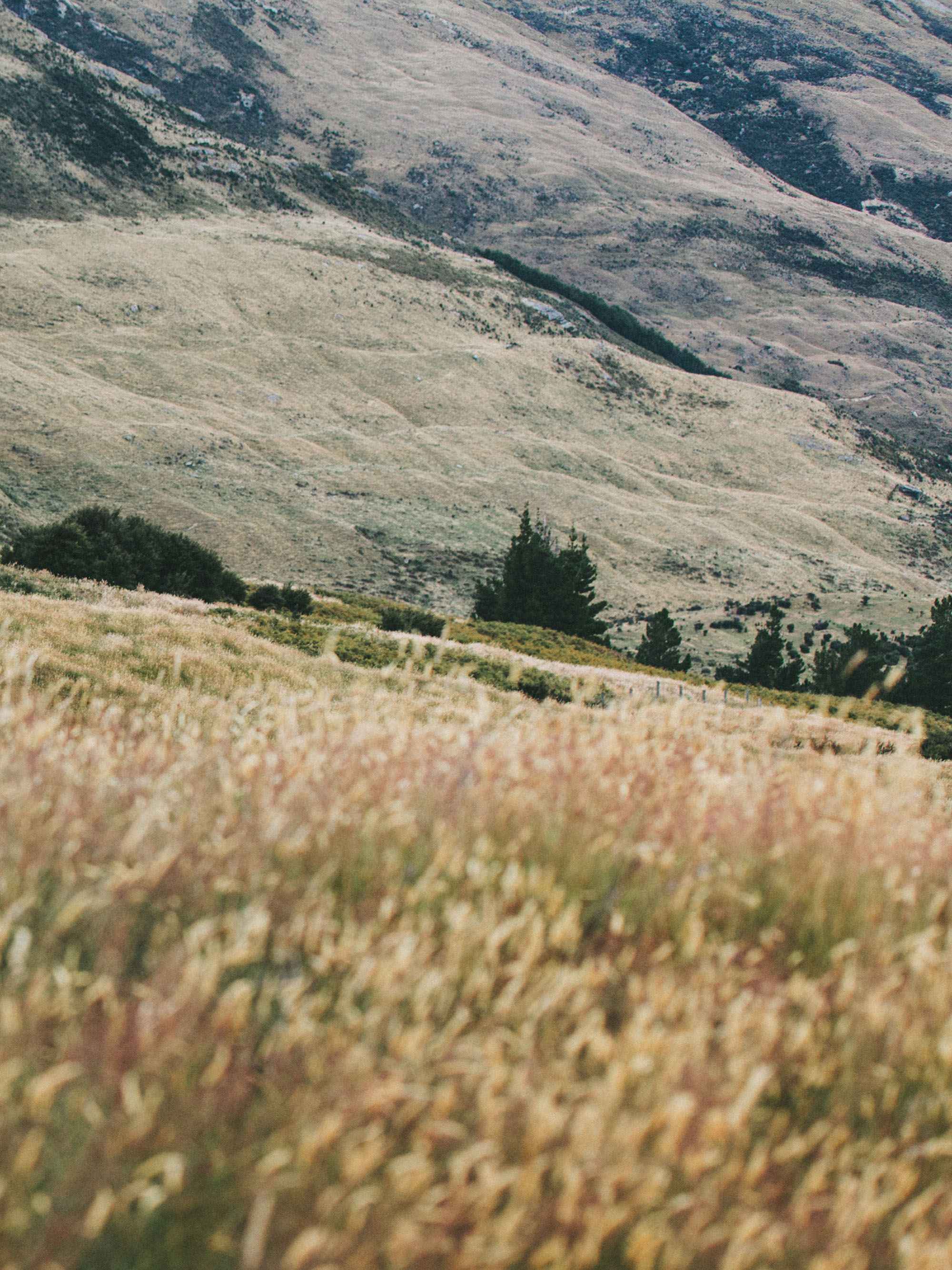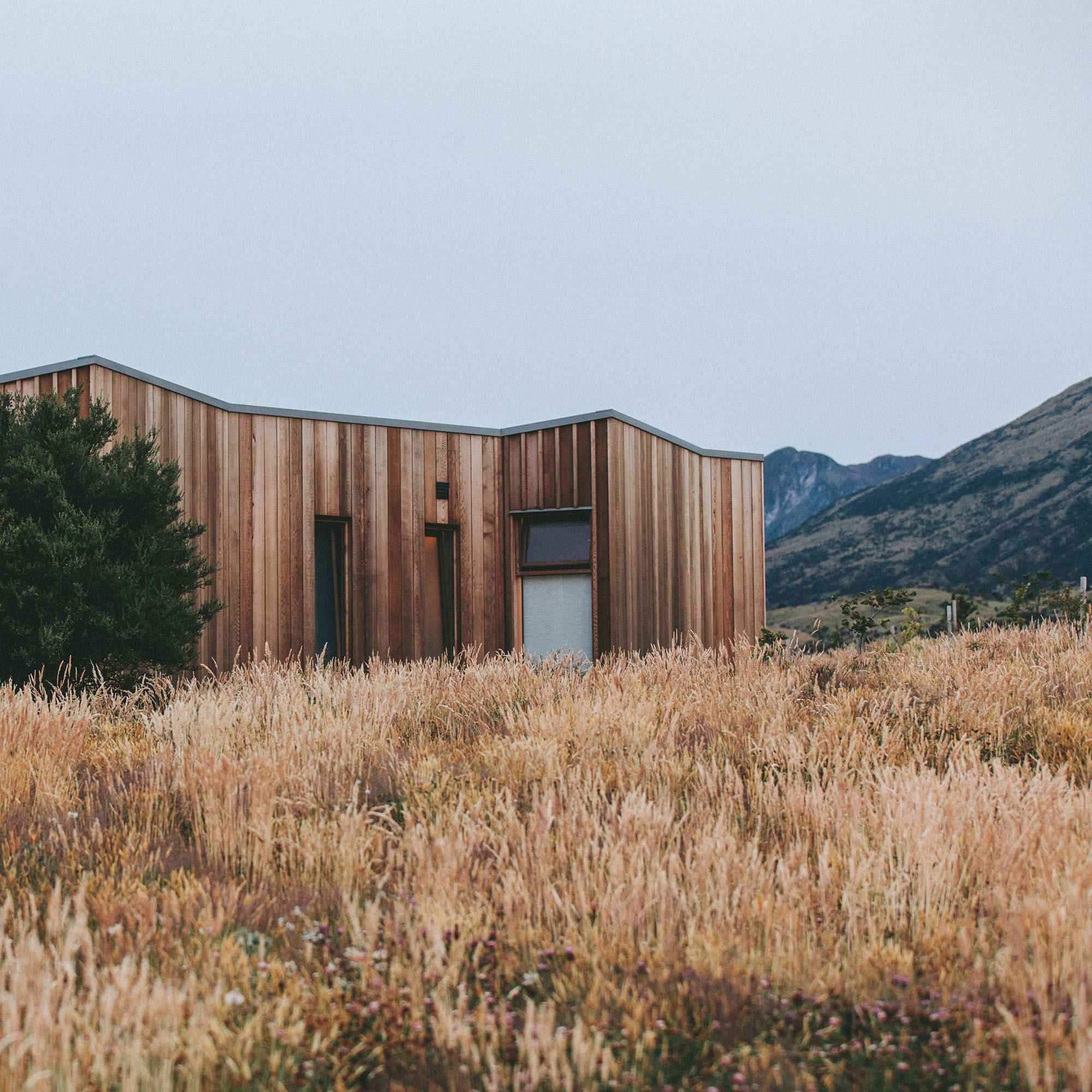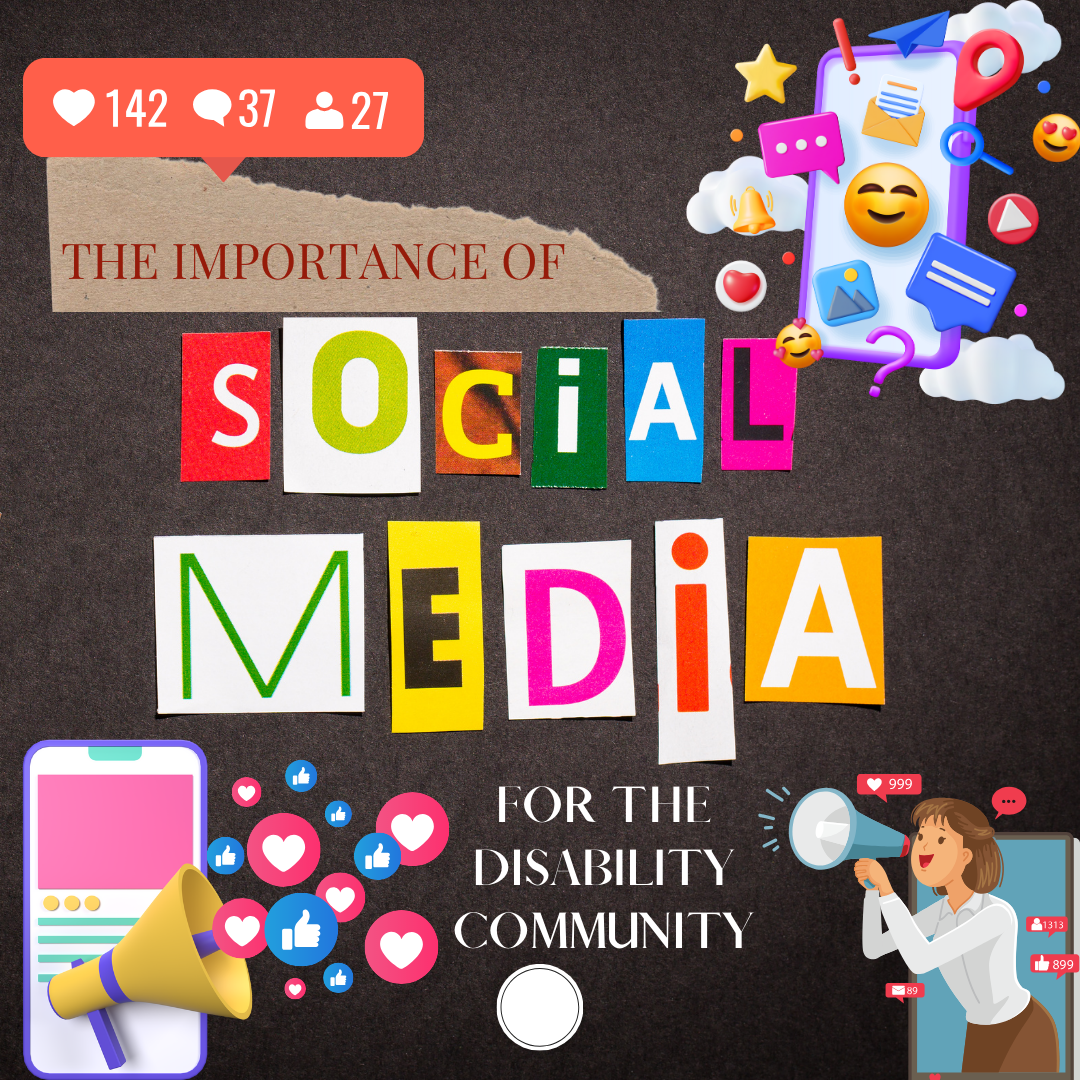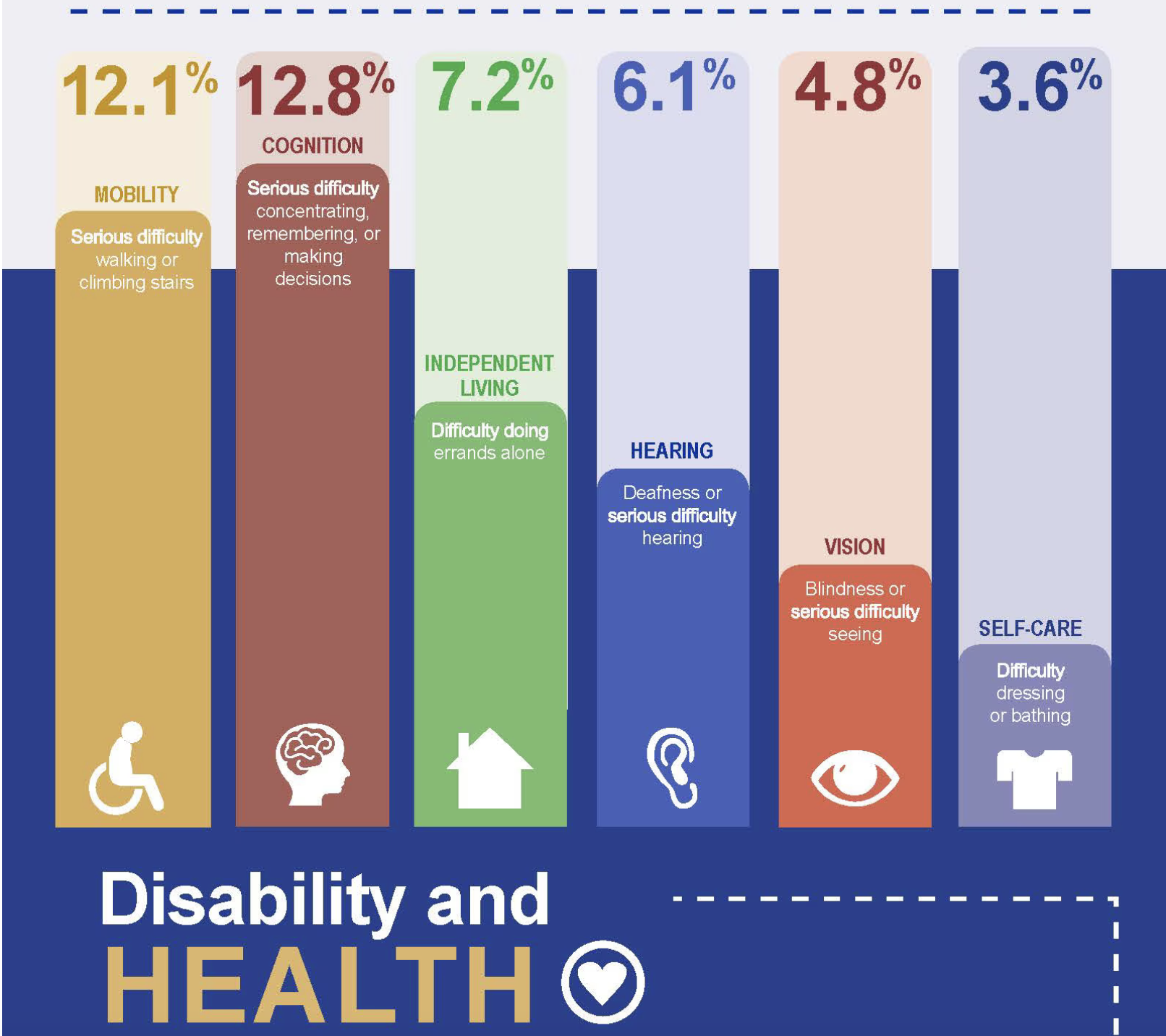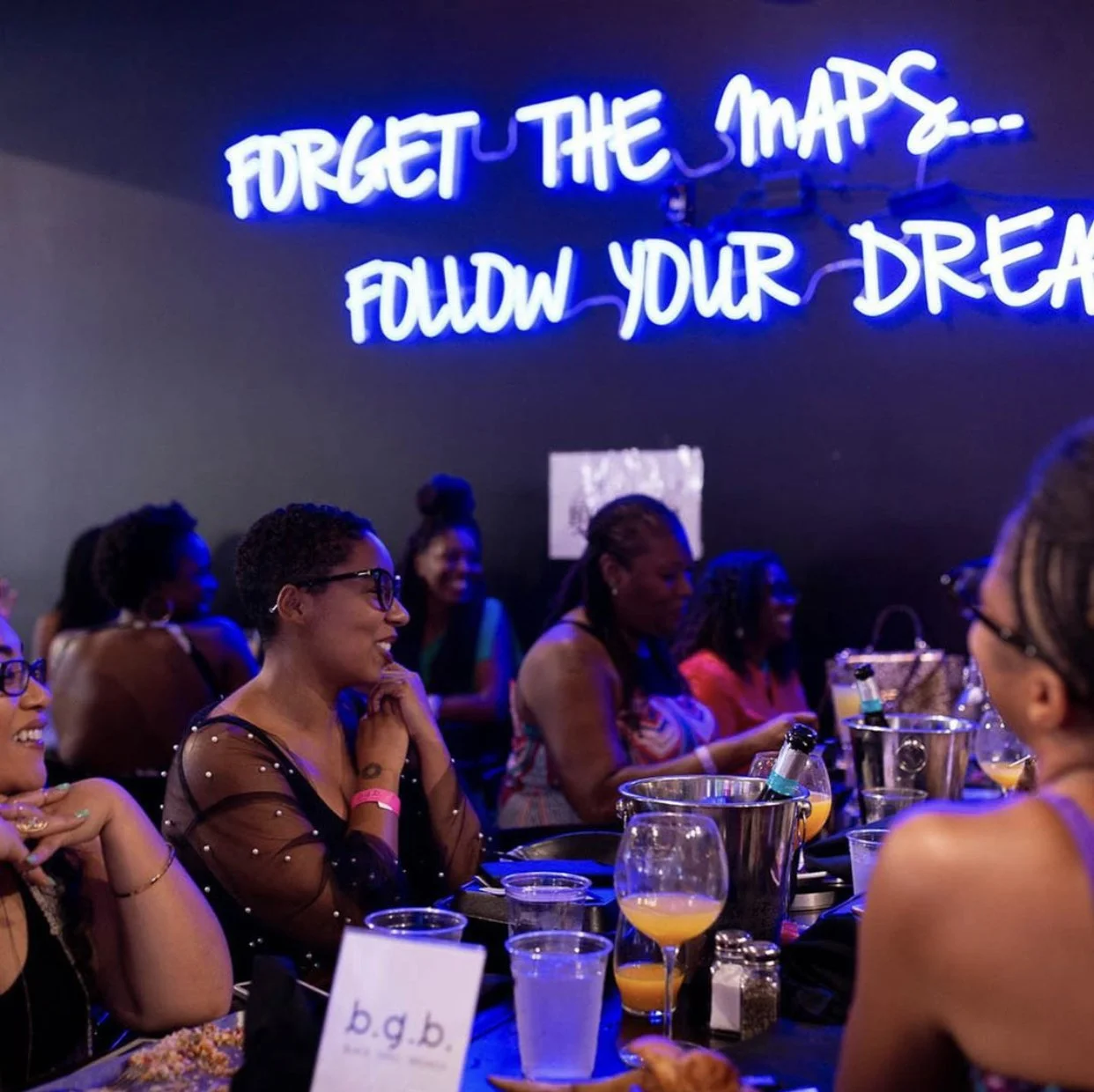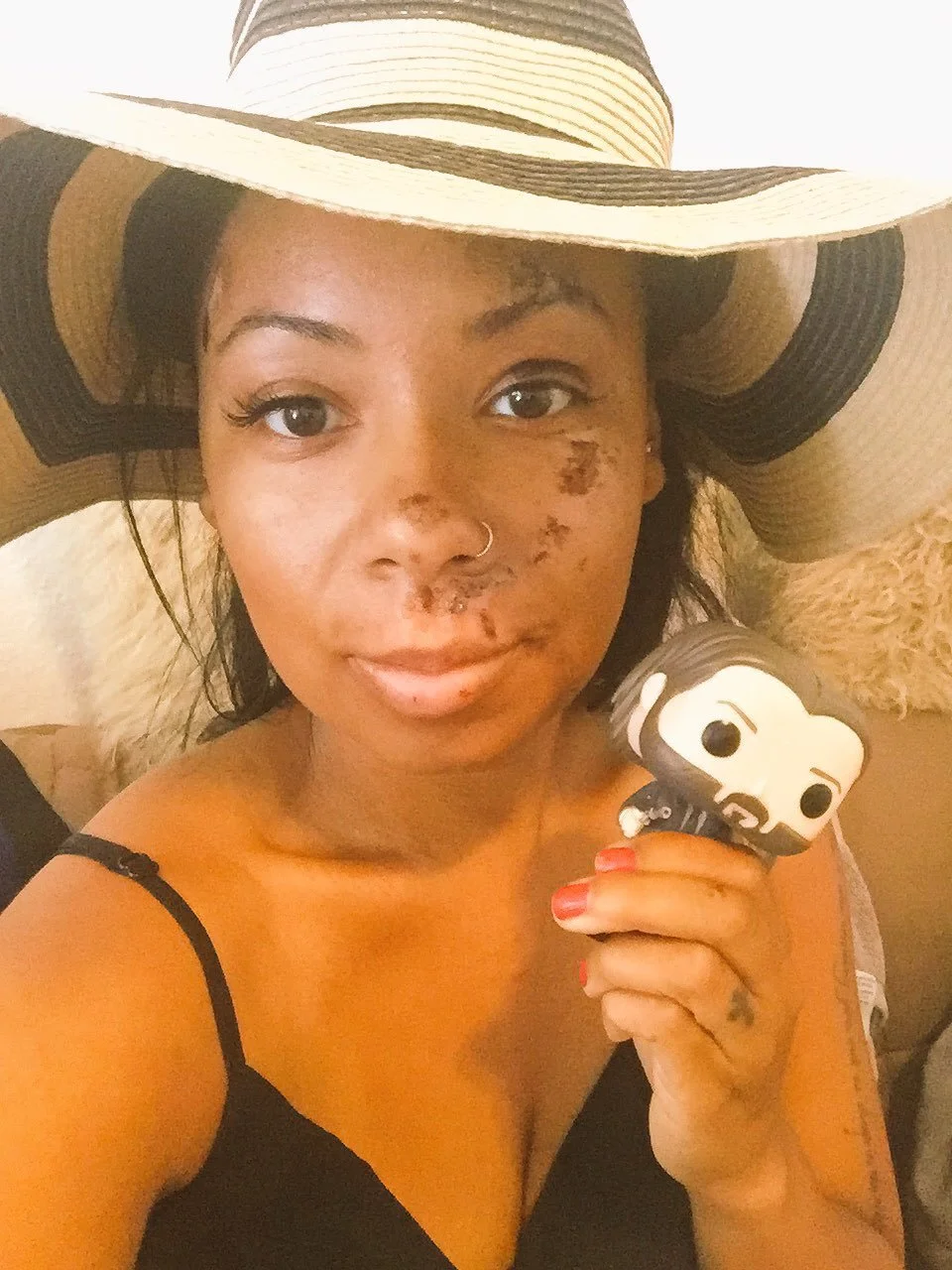"In Our Own Words" Virtual Poetry Event featuring Brain Injury Survivors & Caregivers Video
I am so excited to share the inaugural “In Our Own Words” virtual poetry event held last month featuring the voices of brain injury survivors and caregivers, hosted by Resilient Roots. You can watch the video here, and make sure to join us in April for the next “In Our Own Words” event on Zoom!
SEE WHAT’S NEW ON INSTAGRAM
©2025 Cazoshay Marie. All rights reserved. Unauthorized use and/or duplication of this material without express and written permission from this blog’s author and/or owner is strictly prohibited. Excerpts and links may be used, provided that full and clear credit is given to Cazoshay Marie with appropriate and specific direction to the original content.
D.I.D. with Cazoshay and its materials are not intended to treat, diagnose, cure or prevent any disease. All material on this blog is provided for educational purposes only. Always seek the advice of your physician or another qualified healthcare provider for any questions you have regarding a medical condition, and before undertaking any diet, exercise or other health related program.
The opinions expressed on this site are that of my own and not reflective of, nor supported by, any of the organizations that I am affiliated with.
The Double Invisibility of Being Black and Disabled
Standing in the aisle of the grocery store, I feel the presence of someone approaching me, coming dangerously close to where I’m standing. Inches away. Close enough that I can feel the warmth of their body heat. I then see a hand reach over in front of me to grab an item off the shelf. After which, the hand’s owner proceeds to walk away, the entire act occurring as if I weren’t even there.
Granted, I had been standing in that spot for a while, my head feeling like it was literally spinning as I tried to both get my bearings and remember why I was standing in that aisle in the first place as the symptoms of my traumatic brain injury began to worsen.
Now normally, I am not the one nor the two. A simple “excuse me” would have let me know that the person needed to get where I was standing, and I usually have no problem letting people know that in the moment. As a person of color living with disabilities for the last seven years as a result of being struck by a car traveling 48mph while crossing the street in downtown Phoenix, I sometimes wonder in times like that why people seem to be incapable of seeing me? Both literally and philosophically. It also makes me wonder why people don’t take the time to consider that I may have been standing there for so long for a reason other than to try to annoy the general public by taking up space for an unnecessarily long duration of time, when obviously I know that grabbing a can of beans off of a shelf is a life-or-death situation that requires immediate action, to the exclusion of basic human consideration.
Living with the effects of a traumatic brain injury, chronic pain, nerve damage and vestibular issues, (all so-called “invisible disabilities” because the effects of these conditions are not always visually perceptible), already often makes me feel as if the struggles and realities of my existence are not seen or considered. Although my disabilities are “invisible”, this occurs even when my status as a disabled person is made known. Add the fact that I’m a black woman, who, statistically speaking, is a part of a demographic that often gets ignored or discredited by the medical field, sometimes I feel doubly invisible. Doubly ignored.
According to a 2021 Pew Research Study, about a third of African Americans surveyed said that their pain has not been taken seriously (35%), or that their provider has rushed them (32%). (https://www.pewresearch.org/short-reads/2023/12/21/5-facts-about-black-americans-and-health-care/)
“Black Americans are systematically undertreated for pain relative to white Americans...findings suggest that individuals with at least some medical training hold and may use false beliefs about biological differences between blacks and whites to inform medical judgments, which may contribute to racial disparities in pain assessment and treatment.” (https://www.ncbi.nlm.nih.gov/pmc/articles/PMC4843483/) If medical providers hold false beliefs about blacks, they clearly are not seeing us accurately. Our pain, experiences and symptoms become “invisible” to providers, which can cause a myriad of issues medically, psychologically and emotionally for disabled African Americans.
According to a Pew Research report, “(55%) [of African Americans surveyed said]...they’ve had at least one of six negative experiences, including having to speak up to get the proper care and being treated with less respect than other patients.” (https://www.pewresearch.org/science/2022/04/07/black-americans-views-about-health-disparities-experiences-with-health-care/) Even as it pertains to one of my primary disability, a traumatic brain injury, the assessment, and therefore the visibility, of African Americans in this demographic is not accurate according to the research. “Some studies state that following a traumatic brain injury, members of minority groups have a more difficult time than whites in finding work and returning to social activities. Other studies disagree. Some researchers suggest that evaluation tools used by clinicians are to blame for the differences in scores. They suspect that the evaluation tools may be unintentionally biased against members of minority groups because they are written for and measure traits of the White culture.” (https://www.biausa.org/professionals/research/tbi-model-systems/outcomes-for-african-americans-and-whites-similarities-and-differences)
Even when presented with statistical data corroborating the assertion that African Americans still face discrimination in many different areas, including healthcare, I’ve found that numerous non-POC friends and colleagues remain in willful and determined disbelief. They make the conscious decision to negate my experiences and the experiences of other people of color. This begs the question, what more will it take for us to be believed? For us to be “seen”?
I can’t help but draw the parallel between the experience of living as a person of color and that of living as a disabled person. Not only does one affect the other, but they both present their own unique challenges in having the community at large see us in the totality of who we are within those demographics. In America, there is the cultural belief that anyone who experiences any kind of loss, tragedy or traumatic physical or emotional event should just “pull themselves up by their bootstraps” and move on in a way that seems productive to the general population. As a disabled person, that’s just not always possible. Especially in a society that, for the most part, has been built exclusively for non-disabled individuals. Thanks to The Americans with Disabilities Act and many vocal advocates, that is slowly beginning to change. However, much of the progress that has been made is now under threat under the current administration. Our symptoms and “limitations” as disabled persons affect every aspect of our daily lives, frequently in ways that other people don’t see. Sometimes, “pulling myself up by my bootstraps” means being in bed for two days straight when an intense migraine and chronic pain make functioning impossible.
I’m not asking for sympathy. I’m not asking for pity. I don’t think most African Americans or disabled persons are. But what I am asking for from non-POCs and non-disabled individuals is to have the empathy to consider experiences other than their own. To truly “see” us, you have to take the time to get to know us. You have to take the time to educate yourself with the resources that are readily available in order to learn about what life is like for us. And please, for the love of God, remember to say “excuse me”.
Resources
https://www.pewresearch.org/science/2022/04/07/black-americans-views-about-health-disparities-experiences-with-health-care/
https://www.biausa.org/professionals/research/tbi-model-systems/outcomes-for-african-americans-and-whites-similarities-and-differences
https://www.pewresearch.org/short-reads/2023/12/21/5-facts-about-black-americans-and-health-care/
https://www.ncbi.nlm.nih.gov/pmc/articles/PMC4843483/
©2025 Cazoshay Marie. All rights reserved. Unauthorized use and/or duplication of this material without express and written permission from this blog’s author and/or owner is strictly prohibited. Excerpts and links may be used, provided that full and clear credit is given to Cazoshay Marie with appropriate and specific direction to the original content.
D.I.D. with Cazoshay and its materials are not intended to treat, diagnose, cure or prevent any disease. All material on this blog is provided for educational purposes only. Always seek the advice of your physician or another qualified healthcare provider for any questions you have regarding a medical condition, and before undertaking any diet, exercise or other health related program.
The opinions expressed on this site are that of my own and not reflective of, nor supported by, any of the organizations that I am affiliated with.
Jazz-The Soundtrack to My Disability Life
It was a calm and temperate Phoenix night. Clear skies. Mid-May, so it wasn’t unbearably hot yet. I was walking back to my car after leaving an event at the Phoenix Science Center, cosplaying as Poison Ivy as it was a “science of superheroes”-themed event. I pushed the button to cross the street. I had the right of way. As I entered the second half of the road from the pedestrian crosswalk, suddenly, BOOM! CRASH! I was struck by a car traveling 48mph. I was thrown 15’ up and 100’ forward from where the driver hit me. I sustained multiple injuries, some of which have resulted in long-term disabilities and conditions to include a traumatic brain injury, chronic pain, nerve damage and vestibular and vision issues, just to name a few. The driver never got out of his car and left me alone, broken and bleeding on the street until a Good Samaritan who witnessed the incident came to help me.
Jazz has become the soundtrack of my disabilities. There’s a song or artist for every mood, every experience, every setback and every triumph that I’ve been forced to contend with in the almost eight years since the traumatic accident occurred. I’ve always loved the motto, “life is a movie, starring you,” and if I were to choose the genre that best encapsulates and expresses my experiences since becoming disabled, it would be jazz.
Jazz is a difficult genre to clearly define because it encompasses a wide range of music spanning time, culture and region. According to Wikipedia, “Jazz is a music genre that originated in the African-American communities of New Orleans, Louisiana, in the late 19th and early 20th centuries, with its roots in blues, ragtime, European harmony and African rhythmic rituals.” (https://en.wikipedia.org/wiki/Jazz)
Artists such as Duke Ellington, Miles Davis and John Coltrane are familiar favorites of the musical style. Although often a male-dominated genre, the contributions of female jazz artists such as Ella Fitzgerald, Billie Holiday and Sarah Vaughn should not be overlooked; their influence on modern-day artists such as Diana Krall and Melody Gardot is apparent.
Jazz is a style of music that is rooted in improvisation. Performers may change melodies, harmonies or compositions depending on mood, audience participation and the general vibe in the room. Notes and melodies may change at a moment's notice, you never know what to expect and may never get the same live musical experience twice.
As a disabled person, I am no stranger to improvisation. The contemplative mood of Blue Mitchell’s song, “It Could Happen to You”, aptly named, melodically expresses the way that I constantly have to think of ways to adjust. The symptoms of my disabilities affect every aspect of my daily life, from self care to parenting and everything in between. Prior to the accident, I was an independent wellness instructor and single mom with a vibrant social life. Becoming disabled changed all of that, and I had to learn how to improvise to accommodate the effects of my disabilities. I constantly have to think on my feet and play it by ear just to make it through the day, a direct parallel to the way that jazz music encompasses improvisation.
I would be lying if I said that the question, “why me?” did not come to mind at times, especially in the early days of recovering from the accident. Every time I went to the doctor, it was more bad news: another diagnosis, another medical professional informing me of the negative long-term effects that I would be experiencing as a result of my disabilities and conditions. Interaction and collaboration are two key elements of jazz music.
Artists have an almost supernatural connection to both the music, and each other that creates beautiful pieces of instrumental art. Songs such as, “Have a Talk with God” by Henrik Gunde, Nicolas Kock and Karsten Bagge are excellent examples of several artists coming together to create something greater than what could be accomplished alone. Throughout my journey with disability, I have had to learn to lean on others for help. As a highly independent person, this was extremely difficult for me. But like the collaborations and interactions found in jazz music, once I learned to collaborate and interact with others for my well-being (primarily my immediate family), it created this beautiful mosaic of my current existence that’s greater than what I would have been able to accomplish on my own.
Because I finally learned to collaborate with others for assistance, I have been able to become a speaker and advocate, championing the issues that affect disabled persons, particularly those in the brain injury community. I collaborate with other survivor-advocates as a member of The Brain Injury Association of America’s Advisory Council. This would not have been possible unless I had taken a lesson from jazz music and learned to interact and collaborate, to lean on even, the people who are close to me in order to help me not only survive, but thrive despite my conditions.
And on that note (pun intended), It’s not all bad. Becoming disabled has shown me that I possess a strength and resilience that I didn’t know I had. The smooth, persistent melodies of “The Feeling of Jazz” by Duke Ellington and John Coltrane remind me of the fact that no matter what I’m facing-having to advocate for myself with doctors, dealing with the ableist misconceptions of others, debilitating pain, an uncertain future, I just keep on trucking. But unlike “The Little Engine That Could”, repeating “I think I can, I think I can,” my mantra has become, “I know I can, I know I can.” This song’s lilting cadence conjures up visions of me continuing to walk forward on this unchosen and unexpected path that I am now on with my disabilities and conditions.
At the 1976 Grammy Awards, Mel Torme asks “The Queen of Jazz”, Ella Fitzgerald, how she would explain what jazz music is to people. She replies that she thinks they can show them, and they go into a captivating scat performance, going back and forth, improvising notes and melodies, showcasing a beautiful explanation for something that is frequently considered to be undefinable. (view that performance here: https://www.dailymotion.com/video/x23t25p) That’s how I feel when I’m trying to explain what my life is like now that I’m disabled. There’s complications, back and forth momentum, highs and lows, joy, hidden pain even; but it all comes together beautifully to create the soundtrack of my life.
This journey began with a BOOM and a CRASH, like what we experience in the latter portion of Miles Davis’ “Nefertiti” after a mesmerizing, trance-like and consistent repetition of the melody in the first half of the song. The seeming dissonance that ensues is actually more of a controlled free-fall, which is exactly what my life as a disabled person has felt like. At times I may be “In A Sentimental Mood” (Thank you, Mr. Duke Ellington), but honestly, I wouldn’t trade this iconic symphony of a life with disabilities for the world. It’s been in this improvised, “take it as it comes and create something magical” experience that I’ve discovered a more marvelous version of myself. A version that’s allowing me to create something bigger than myself. If that’s not jazzy, then I don’t know what is.
©2025 Cazoshay Marie. All rights reserved. Unauthorized use and/or duplication of this material without express and written permission from this blog’s author and/or owner is strictly prohibited. Excerpts and links may be used, provided that full and clear credit is given to Cazoshay Marie with appropriate and specific direction to the original content.
D.I.D. with Cazoshay and its materials are not intended to treat, diagnose, cure or prevent any disease. All material on this blog is provided for educational purposes only. Always seek the advice of your physician or another qualified healthcare provider for any questions you have regarding a medical condition, and before undertaking any diet, exercise or other health related program.
Martha May Whovier & Brain Injury
Name a more iconic Christmas queen. I’ll wait…
Bet you didn’t know that there are so many similarities between brain injury survivors & the fabulous Ms. Martha May Whovier.
View the gallery to see Martha in all her festive fabulosity, and see how her resilience, empathy and other qualities can also be found throughout the experiences of being an individual living with a traumatic brain injury.
Merry Christmas, and Happy Holidays!
©2024 Cazoshay Marie. All rights reserved. Unauthorized use and/or duplication of this material without express and written permission from this blog’s author and/or owner is strictly prohibited. Excerpts and links may be used, provided that full and clear credit is given to Cazoshay Marie with appropriate and specific direction to the original content.
D.I.D. with Cazoshay and its materials are not intended to treat, diagnose, cure or prevent any disease. All material on this blog is provided for educational purposes only. Always seek the advice of your physician or another qualified healthcare provider for any questions you have regarding a medical condition, and before undertaking any diet, exercise or other health related program.
Hope After Head Injury Podcast Interview
I was recently interviewed by Cristabelle Braden for the Hope After Head Injury podcast. We talked about finding what roots you after sustaining a TBI and how to go through the non-linear journey of healing with self-compassion, as well as some tools I’ve found to be very valuable throughout the process. You can watch or listen via the link below.
Don’t miss the next meeting of Resilient Roots Support Group for Parents Living with Brain Injury on October 17th at 5:30pm MST. We are having a virtual community movie night watching the short film, “Jelly Brain” followed by a guided discussion. All are welcome to this month’s meeting, even if you don’t have children or a brain injury. Hope to see you there!
See what’s new on the Resilient Roots Instagram:
©2024 Cazoshay Marie. All rights reserved. Unauthorized use and/or duplication of this material without express and written permission from this blog’s author and/or owner is strictly prohibited. Excerpts and links may be used, provided that full and clear credit is given to Cazoshay Marie with appropriate and specific direction to the original content.
D.I.D. with Cazoshay and its materials are not intended to treat, diagnose, cure or prevent any disease. All material on this blog is provided for educational purposes only. Always seek the advice of your physician or another qualified healthcare provider for any questions you have regarding a medical condition, and before undertaking any diet, exercise or other health related program.
The Importance of Social Media for the Disability Community
There are so many different aspects of the disability experience that able-bodied normies probably have no idea about. There were many things that no one prepared me for when I became disabled after being struck by a car traveling 48mph while crossing the street in downtown Phoenix. The extreme isolation was certainly one of them.
Image via CDC.gov
No one told me that the symptoms & limitations of my disabilities would cause me to miss out on so many things. I’m living with a traumatic brain injury, chronic pain, nerve damage & a host of other symptoms that make even completing simple daily tasks difficult. My teenaged son has stepped up in so many ways to help me do things that are now challenging or impossible for me to complete. All the symptoms that are associated with my disabilities & conditions make it very hard to get out of the house & interact with friends, or even to have them over to my home for visits.
Image via Black Girls Brunch
Where I was once very socially active, always at a brunch, exhibit opening or networking event as a highly motivated wellness professional, artist, single mom & outgoing introvert, all that came crashing to a halt as the car crashed into me, my body breaking the driver’s windshield as I was catapulted through the air 100 feet from where I was struck, landing on the cold, hard pavement. As the car crashed into my body, it also crashed into my active social life, leaving a path of destruction in its wake. If you’re curious, the driver never got out of the car to help me, but that’s a story for another day.
Two hours of reconstructive surgery from one of the top plastic surgeons in Arizona helped me not show too many visible signs of my disabilities & conditions
It’s been a long, hard journey to say the least. One that necessitated me entering counseling to help me not only deal with my severe PTSD, depression & anxiety that came about as a result of the accident, but also to help me reconcile the “old me” with this “new normal”, if indeed you could call it that. While I had friends that came to visit me in the initial time period after the accident, between the vestibular issues, the chronic pain, doctor & therapy appointments every day, all I could really do was watch woefully from my couch-bed where my family had me set up in order to care for me, as I saw my friends attending concerts, getting engaged, going on trips & doing all the things I used to do & be involved in that were now impossible.
My counselor suggested that I begin sharing about my experiences online. That was the last thing that I wanted to do. Before the accident I was active on social media, but all that stopped after the accident. The whole experience felt like one big nightmare that I couldn’t wake up from. In fact, I was having nightmares every night, reliving the horrors of the accident over & over again. So the last thing I wanted to do was lay myself bare for the interwebs to see when I already felt so vulnerable.
But with the encouragement of my family, I began sharing what I was going through here on my blog & social media outlets. Many of my friends were surprised & had no idea how hard things had become for me because my disabilities are considered “invisible disabilities”, meaning you can’t necessarily tell that I’m disabled by looking at me. Many didn’t (& still don’t) know the extent of my struggles because I don’t present as someone who is struggling. But I am. In so many ways.
As I began sharing my experiences online, it became a way for me to stay connected to people that I knew, but also to meet new people. Both disabled & able-bodied. I don’t have a huge following by any means, but social media became a way for me to have interactions with others when I’m not able to go out & have those interactions IRL because of my disabilities.
I experience extreme migraines, dizziness, sensory sensitivities, cognitive issues & more due to my traumatic brain injury. Noises, lights, stimulation, all things you encounter in the world at large are things that hinder me from social activity. Accessibility is a huge issue for those living with disabilities & while the goal is of course to be able to go out into the wilds & have real interactions, sometimes, for various reasons, if you’re disabled that’s just not possible.
Having a community & interactions online can help solve the issue of isolation for individuals living with disabilities. We can chat, text, share pictures & updates & maybe even find others who are living a similar experience to ours. This is why I’m starting the Resilient Roots Support Group for parents living with brain injuries. We’re meeting monthly online on Zoom so that any parent, anywhere can participate & not be limited by location, access or ability.
So if you’re disabled, it may be hard to go online & see your friends doing all the things you wish you could be a part of, but try to reframe the encounter to recognize that you are still participating in your own way by interacting with the posts online. And don’t be afraid to share your own exploits as a person living with disability. Who knows who you will educate & inspire? It might not be IRL experiences, but I believe even online social interactions are better than no interactions at all, & through social media, you have the ability as a disabled person to curate your own community on your own terms whereas much of our lives feel like they are being lived on anything but our own terms.
So send that tweet, make that TikTok video & post that picture on Facebook, your community is waiting for you.
I’d love to connect with you! Find me on social media here:
©2024 Cazoshay Marie. All rights reserved. Unauthorized use and/or duplication of this material without express and written permission from this blog’s author and/or owner is strictly prohibited. Excerpts and links may be used, provided that full and clear credit is given to Cazoshay Marie with appropriate and specific direction to the original content.
D.I.D. with Cazoshay and its materials are not intended to treat, diagnose, cure or prevent any disease. All material on this blog is provided for educational purposes only. Always seek the advice of your physician or another qualified healthcare provider for any questions you have regarding a medical condition, and before undertaking any diet, exercise or other health related program.









